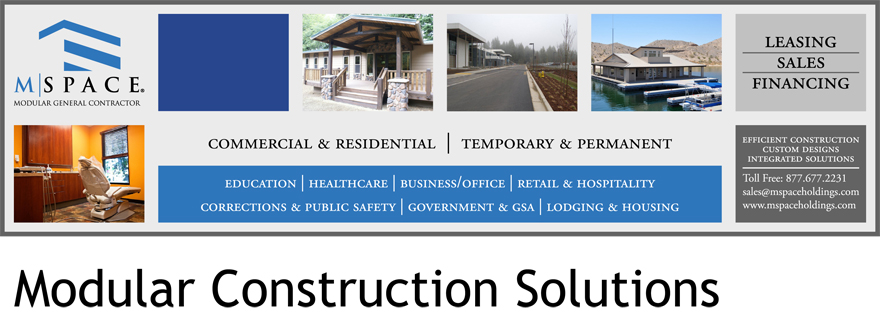Prefabricated Schools are not what they used to be. Advancements in modular engineering, design, and method have changed the construction industry. Modern prefabricated schools can be built with all of the same amenities of a traditionally constructed building, in less time and with fewer interruptions to the faculty and students school year.
Modular classrooms are able to deliver safe
learning environments in less time. As communities grow, more and more school
districts are choosing modular construction to create and maintain the proper
atmosphere conducive to learning, one that will allow our children to develop
and shine.
School districts may have a variety of reasons for
needing the vast array of solutions that modular schools can provide. Some
applications available are:
- Offices and Administrative Complexes
- Classrooms and Classroom Complexes
- Media and Library Centers
- Multi-Purpose Rooms
- Dormitories
- Restroom Facilities
- Gymnasiums
- Cafeterias
Prefabricated schools can be customized to fit
various styles of learning facilities. Whatever type of school facility you’re
in need of, modular construction can provide a viable and efficient solution.
Click here to find a modular solution that's right for you.












